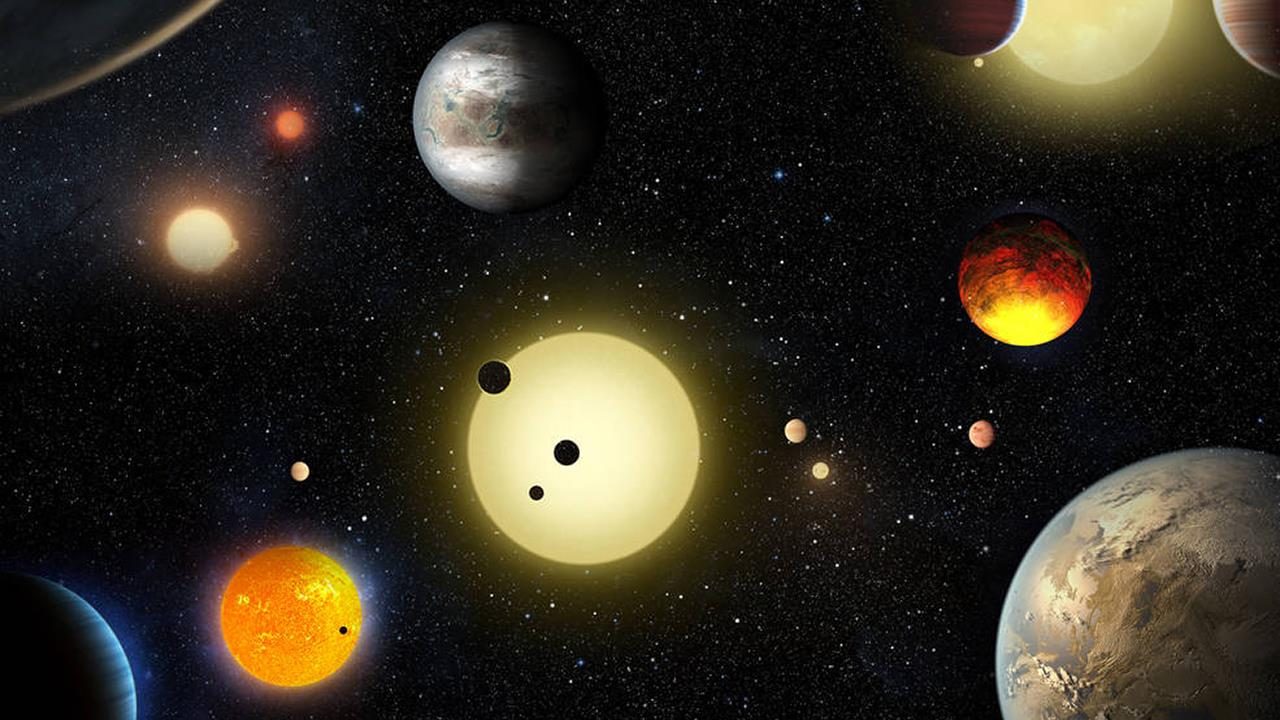
Astronomers today announced the latest - and largest - batch of confirmed exoplanets from 4 years of observations made by NASA’s Kepler satellite. With the help of a new automated validation technique, they revealed an enormous haul: 1284 new worlds in total, more than doubling the number that Kepler has found so far. To find the planets (some of which are shown in the artist’s rendition above), Kepler stared at a single patch of the sky from 2009 to 2013, monitoring the brightness of 150,000 stars. If one of the stars briefly dimmed before returning to its original level of brightness, it could signify that an orbiting planet had passed in front of the star, blocking some of its light. But other things orbiting a star can affect its brightness, including stars. That means every one of the thousands of detections had to be validated by another means. NASA researchers sped up the process with an automated technique that considers first whether the detected light curve bears the marks of an exoplanet, and second how likely it is that the results are a false-positive. The analysis takes just a few minutes per candidate. As the NASA team describes in a paper published today in The Astrophysical Journal, when they applied the technique to their nearly 4700 candidates, they found 1284 with a reliability score greater than 99%. Nine of the new exoplanets are roughly Earth-sized and could host liquid water - and hence life. This brings the total of potentially habitable planets discovered by Kepler to 21. But they are, sadly, too far away for us to learn much more about - for now, at least.

New analysis teases out largest ever haul of exoplanets from Kepler data
·2 mins
